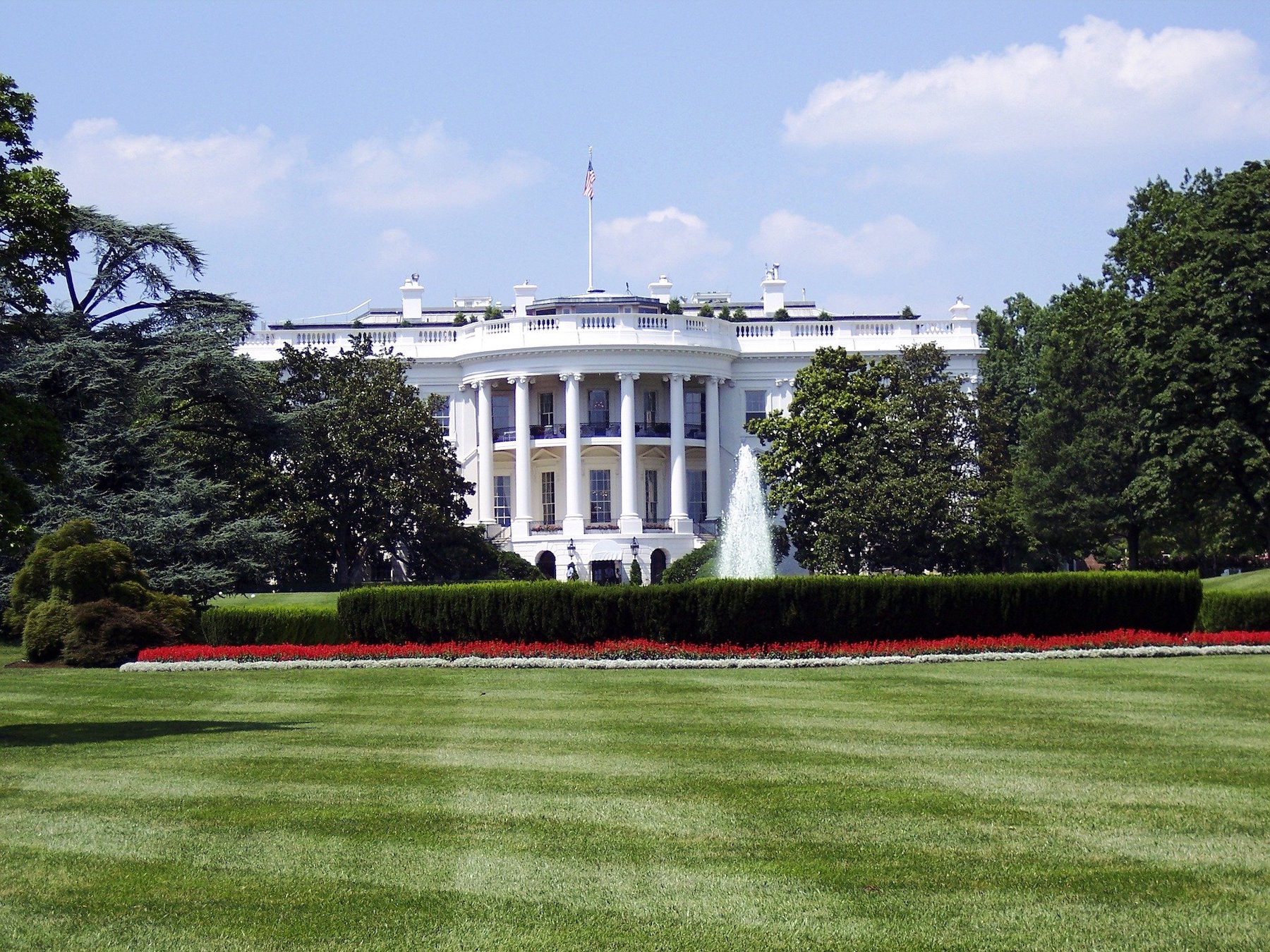The Department of Energy’s recently released new energy efficiency standards for federal buildings.
Starting in April 2023, all new federal building projects and major retrofits will be constructed to meet 2021 International Energy Conservation Code and the 2019 ASHRAE Standard 90.1 codes. The new standards are expected to save $4.2 million in operating costs in the first year.
The federal government is the largest building owner and manager in the U.S., with a portfolio of more than 350,000 buildings. Those structures contain more than 3 billion sf of space.
The 2019 edition of Standard 90.1 includes more than 100 energy-focused updates of the previous edition published in 2016. The 2021 IECC incorporates significant changes the 2018 edition, including:
· Increased insulation requirements and reduced fenestration U-factors and solar heat gain coefficients.
· Updated mechanical equipment efficiency requirements, new provisions for data centers, and plant growth lighting.
· Increased lighting efficacy and decreased lighting power density requirements.
Related Stories
| Nov 29, 2012
Quake simulation to test concrete building's strength in California
Researchers aim to gauge how buildings constructed with reinforced concrete withstand an earthquake by conducting a simulation test at a two-story building built in the 1920s in El Centro, Calif.
| Nov 29, 2012
AGC offers stormwater compliance webinar
An effective document management system is necessary to stay in compliance with new and forthcoming stormwater runoff requirements, says the Associated General Contractors of America.
| Nov 29, 2012
Government policies help accelerate adoption of green building
Green procurement policies or green building mandates can help accelerate the adoption of green building practices, according to research by Timothy Simcoe and Michael Toffel.
| Nov 26, 2012
Minnesota law to spur development, job creation produced few jobs
Legislation that allowed local governments to direct excess property tax dollars from tax-increment financing districts into other private developments was supposed to kick-start construction hiring in Minnesota.
| Nov 26, 2012
How to boost resilient systems that are sustainable
Cities of the future can be both more resilient and more sustainable by promoting strategies that include solar power and green roofs, programs that minimize demand for energy, rain gardens, and permeable pavement.
| Nov 26, 2012
Developer of nation’s first LEED platinum skyscraper focuses on carbon reduction
The Durst Organization, the developer of the first LEED platinum certified skyscraper in the country, says it will not seek LEED certification for its residential pyramid planned for New York’s West 57th Street.
| Nov 26, 2012
Questions linger over ability of Miami's newer high-rises to withstand hurricanes
Some towers in Miami, rebuilt after a hurricane in 2005, were allowed to be constructed under older building codes instead of newer ones created after Hurricane Wilma.
| Nov 26, 2012
Changes in development and building standards needed for health of Potomac River
The Potomac River’s health stands to suffer if the region does not change its development and building standards, according to the Potomac Conservancy.













